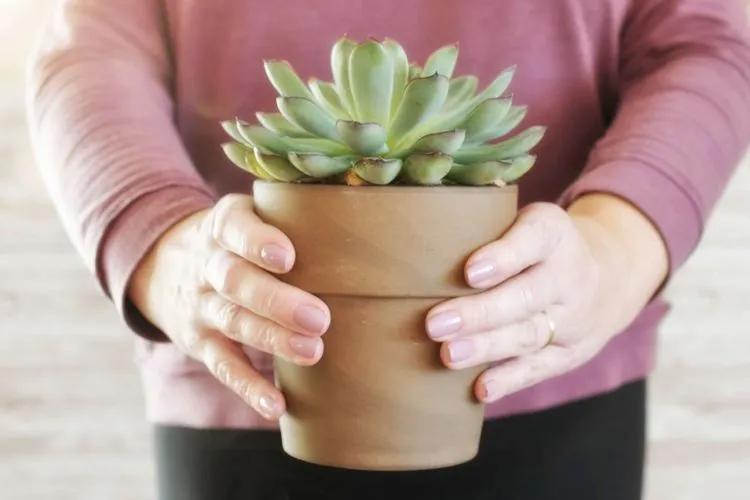 If you dream of buying a few houseplants, we recommend you doing it during the warm seasons: spring, summer or early autumn. Thus, you don't have to worry about protecting the plant from the cold while it gets used to its new location. Any transportation or climate change is quite stressful for the plant (yes, more stressful than for people). However, if you decide to buy the plants during winter, make sure they are well covered and protected.
If you dream of buying a few houseplants, we recommend you doing it during the warm seasons: spring, summer or early autumn. Thus, you don't have to worry about protecting the plant from the cold while it gets used to its new location. Any transportation or climate change is quite stressful for the plant (yes, more stressful than for people). However, if you decide to buy the plants during winter, make sure they are well covered and protected.
Before buying
No matter what time of the year you are shopping for houseplants: always look closely at the foliage for insects, damaged leaves or stems or excessive pruning. Remember that the ability of a plant to bloom also depends on the season: while it may not bloom in winter, it will delight you with flowers in summer.
Also, allow your new green pets to adapt to the new environment in your home. Be patient. The leaves may wilt for a while or even drop temporarily - this is the result of adaptation. Take care of the plant as usual and observe it for a couple of weeks.
Winter may be the easiest time of the year to kill a houseplant. Exhausting growing conditions such as low light levels, dry air, shorter days and cooler temperatures make indoor plants face a number of difficulties. The hint to help your plants survive the winter season is to adjust the treatment regimen to suit the seasonal growing conditions. Below you can find a guide on taking care of houseplants during the cold season.
Lighting
 In winter the level of illumination near the windows is very low. Indoor plants that grow near a sunny east or north window in summer and may need a south or west exposure in winter. Likewise, plants near west or south windows that need filtered light in summer can tolerate direct sunlight in winter.
In winter the level of illumination near the windows is very low. Indoor plants that grow near a sunny east or north window in summer and may need a south or west exposure in winter. Likewise, plants near west or south windows that need filtered light in summer can tolerate direct sunlight in winter.
How to help your plants deal with changing light levels:
- Move the plants as close to the windows as possible.
- Clean windows to ensure maximum light transmission.
- In winter, move the plants to new locations next to the lighter windows.
- Remove dust from the plants so that the leaves can have the most of the available light.
- Add artificial light. Fluorescent lamps provide sufficient illumination. Position bulbs 4 to 12 inches from plants for effective results.
Temperature
Most indoor plants are tropical and prefer temperatures from 65 to 75 ° F (18 to 23 C) during the day and about 10 degrees cooler at night. For many plants, temperatures below 50 ° F (10 C) can lead to significant problems. Avoid placing plants near cold drafts or heat sources. Keep plants several inches away from outside windows. In cold regions, if windows freeze overnight, move plants away from windows at dusk. You can also place heavy shade or other insulating material between the plants and the glass.
Humidity
In winter, the average humidity level of the apartment reaches 5-10%. Most houseplants need 40-50% humidity conditions. Signs of plant stress due to low humidity include brown leaf tips or pests, such as spider mites.
Watering
The most common problem that indoor plants suffer from in winter is overwatering.
How can you know if you plants need water?
- Plants need water when the root zone is dry. Put your finger into soil up to 2 inches. If the soil is dry, water the plant.
- Lift the pot - soil is lighter when it's dry. Learn how wet soil feels by lifting pots immediately after watering.
- If you humidify rooms during winter, plants don’t need frequent watering.
- Never allow plants to stay overnight, collecting water in the drainage saucer.
Fertilizer
In mild climates, continue to fertilize plants throughout the winter. In the coldest climates with low natural light, do not fertilize indoor plants in winter. Resume feeding when the spring plants are awake.
